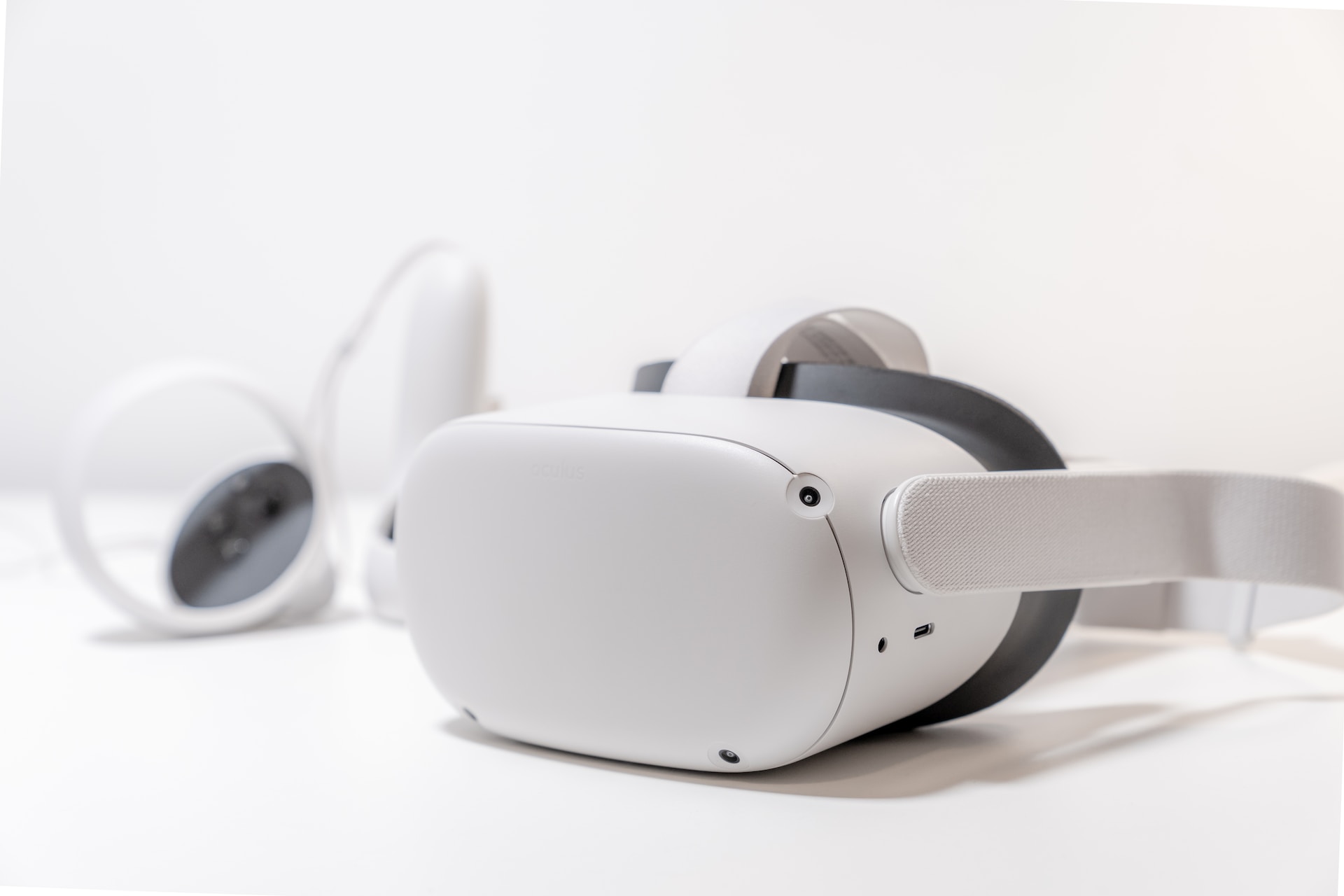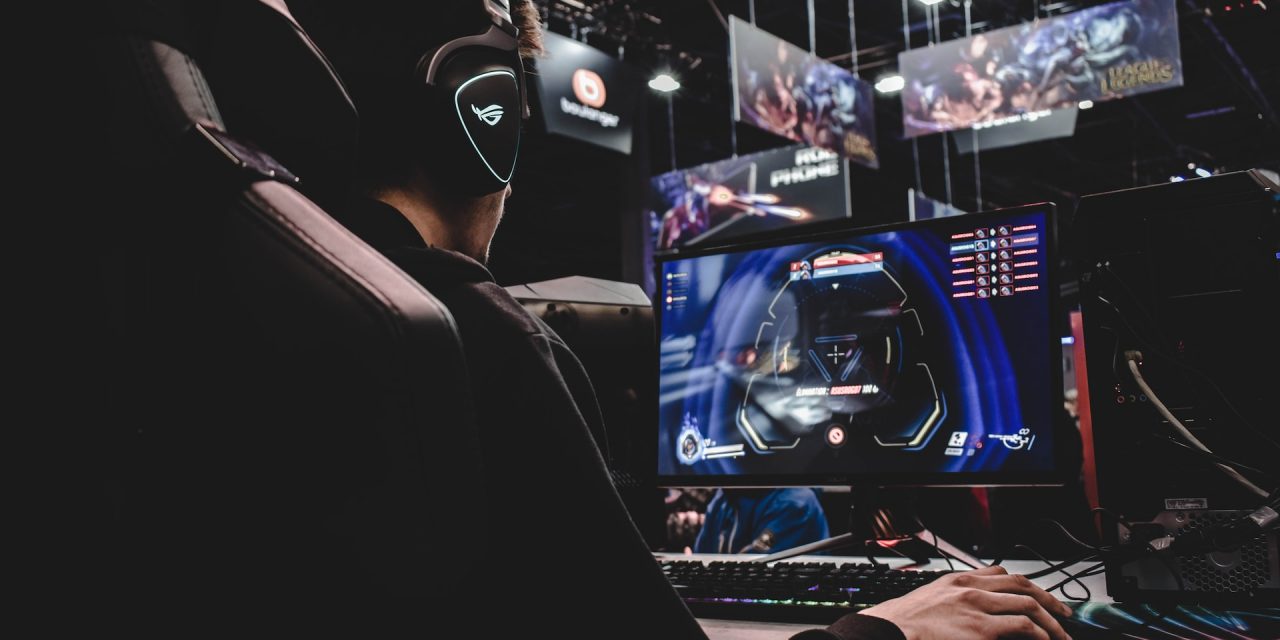Source: Unsplash
Every industry needs its big bang moment. The moment when it explodes to life and captures the imagination of the world, cementing its place in the public consciousness. For the social media industry, you could say its moment began with the creation of Facebook. For reality television, you could mention the popularity of several talent shows in the mid-to-late nineties. While for the gaming industry, there is no doubt, it was the invention of the first game engine for television.
The Engine That Changed Everything
The impact of a pioneering technology on the success or development of an industry cannot be understated. The game engine was first developed decades ago, but we can see the impact of new technology on other industries nowadays too.
Take the gambling industry and Megaways technology, created by the Australian firm Big Time Gaming in 2015. Using a technology called Random Reel Modifier, Megaways has transformed slot gaming. Traditionally, three or four reels are visible on a slot game; however, Megaways offers hundreds of thousands of different winning combinations, whereby as many as seven reels may appear depending on the game or even as little as two. It means more variety and suspense for the gamer and explains why the technology has been so successful and has been licensed to multiple gaming companies.
While Megaways has helped the development of the online gambling industry, Ralph H. Baer’s invention in the 1960s was arguably the creation that started the popularity of gaming we see today.
Making New Possibilities
In the 1950s, Ralph H. Baer was an engineer and contractor. While creating televisions as part of his day job, he imagined a different use for televisions, the popularity of which had just exploded. At the time, he envisioned using it for gaming; however, in the last decade, we have seen the possibilities for television develop even more.
After working on the prototype for several years with a colleague, they eventually created a ‘game box’. This box connected to television and projected moving vertical lines and dots on screen. After presenting to his bosses in his new company, they managed to secure $2,500 in funding, making it an official project. Although it ran on batteries, it could only project monochrome and had no sound, the ‘box’ was revolutionary.
What came next?
Baer’s initial prototype and development were not the commercial success initially hoped for, but it cannot be denied that they paved the way for technology in gaming that has since followed. Not only that, we can now see this technology initially developed for gaming being used in other industries and technologies.
For example, side-scrolling – fundamentally a gaming technology – is one we take for granted, using it every day on our mobile devices. Education has also used gaming technology to teach students how to type on a keyboard. While medical staff have used GoPro cameras to film surgery. It is hoped that this footage could be used to teach novice surgeons.

Source: Unsplash
As technology moves forward, the possibilities for the future are endless. Virtual Reality and Artificial Intelligence will have an impact on several industries but it’s hard to predict the scale of the impact.











![[Leak] Pre-release Version of Concord Surfaces Online](https://vgleaks.com/wp-content/uploads/2025/06/Concord-pre-release-150x150.jpg)
